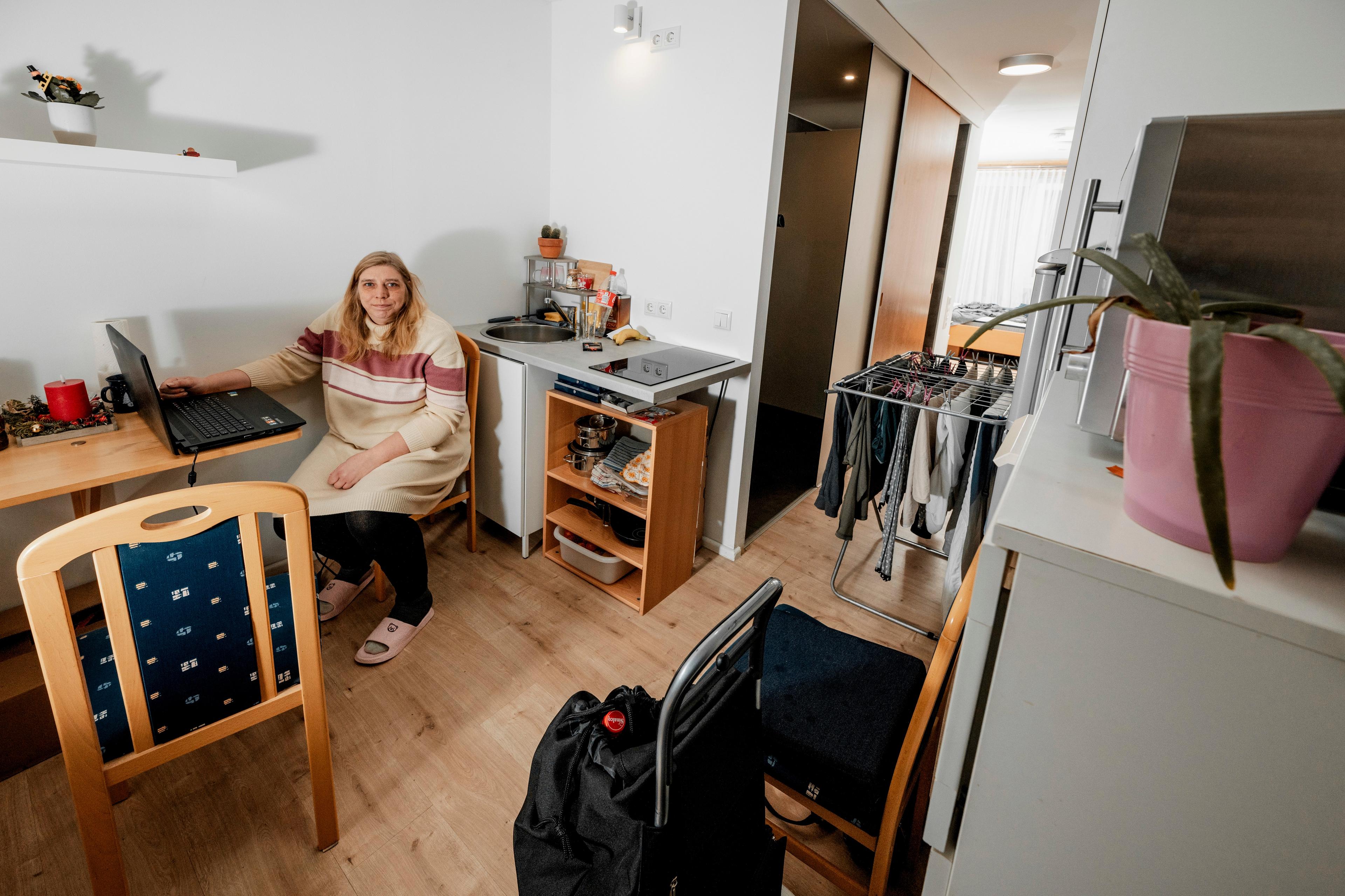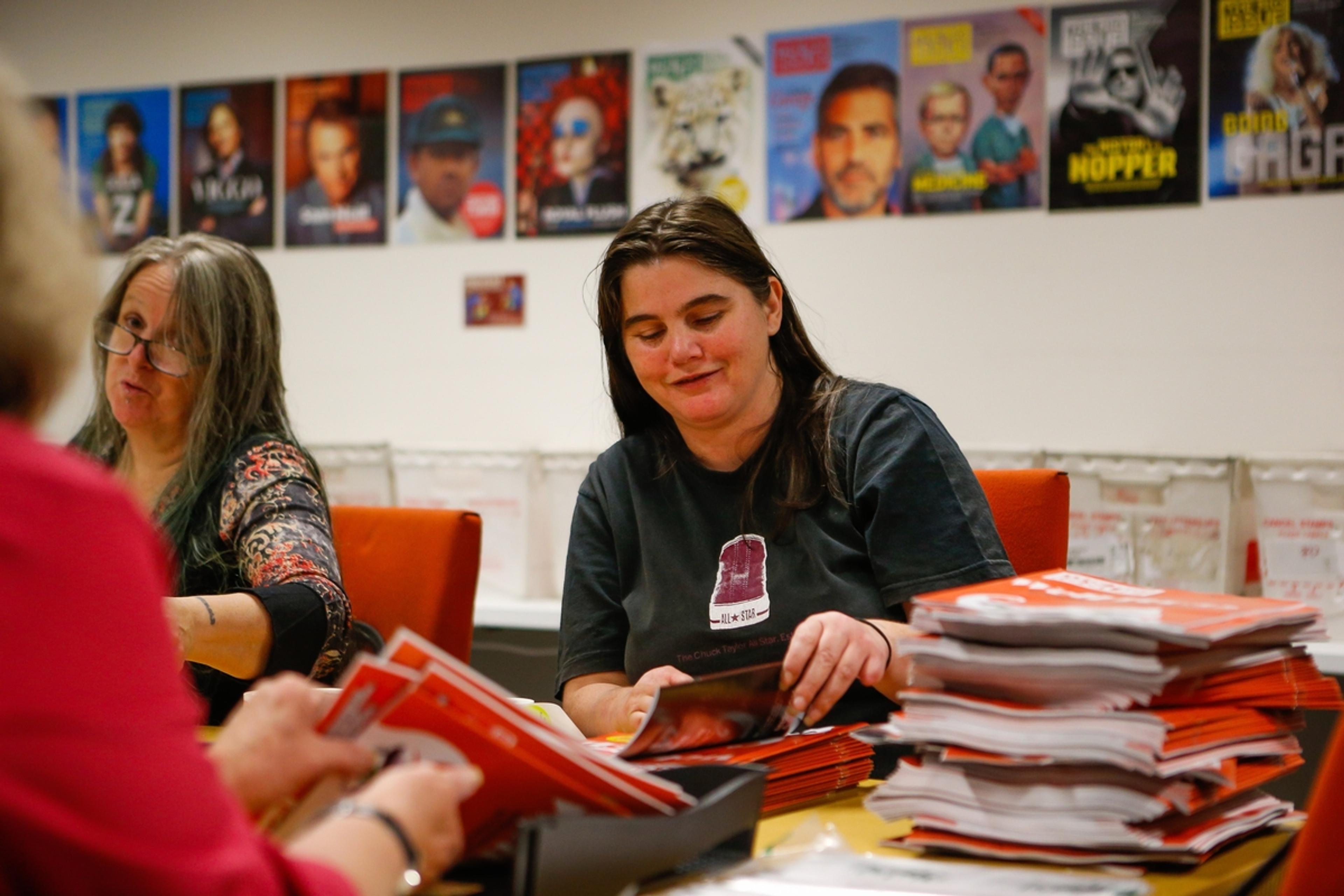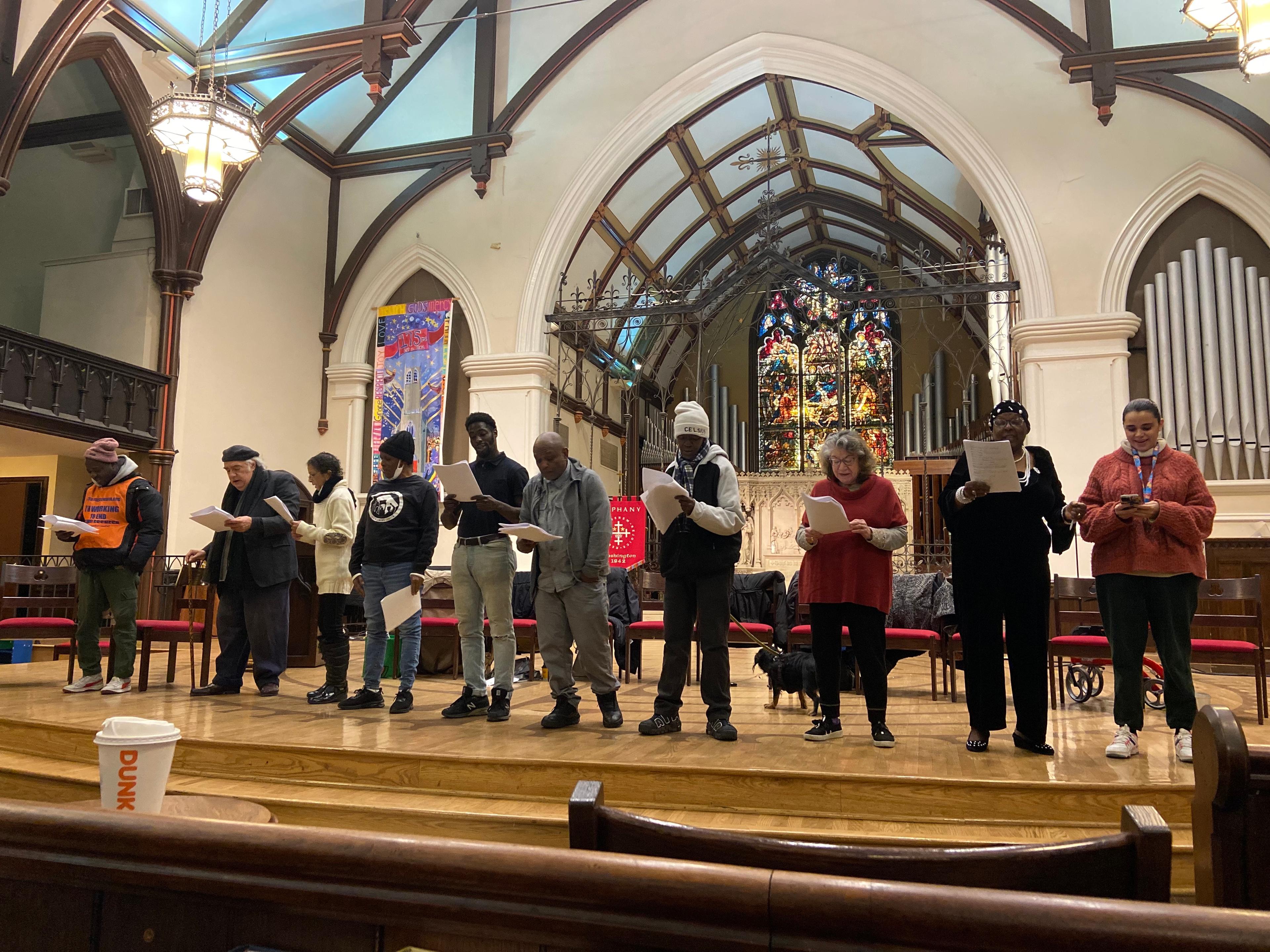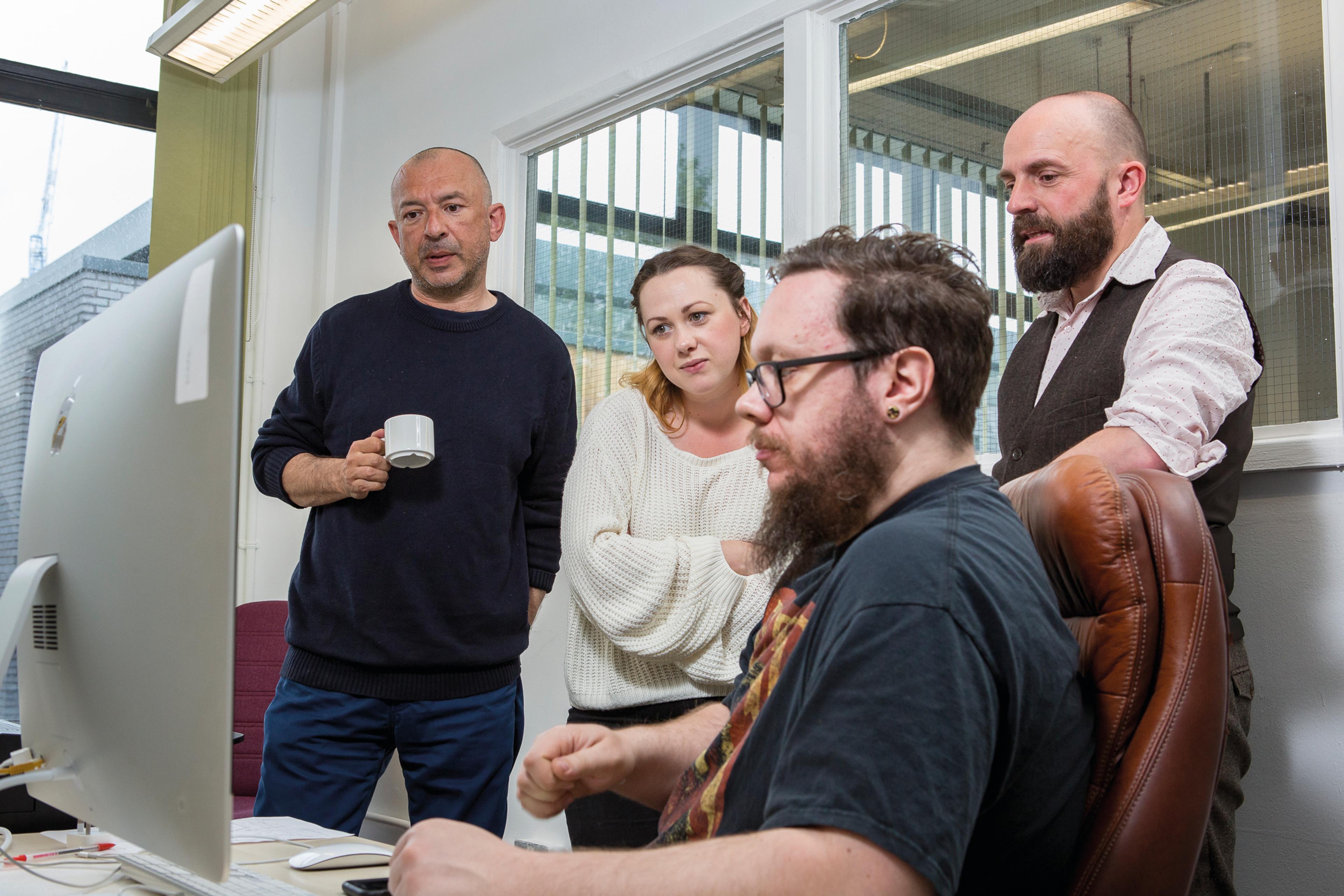25 square metres of freedom: inside Germany’s micro-apartments

Photo by Mauricio Bustamante
by Ulrich Jonas
- Street paper news

The move was a stroke of luck for Nicole*. The reserved, softly spoken 42-year-old previously lived in shared supported accommodation for people with mental ill health in Kirchdorf-Süd, but experienced problems with a flatmate. “That was terrifying,” she says. “She was pretty loud, and when I had visitors, she freaked out.”
Nicole learned by chance that a complex of micro-apartments was being built a few metres away especially for people like her. She signed her tenancy agreement five months ago. “It feels good,” she says.
Along with his team, Patrick Müller-Constantin of the Das Rauhe Haus [The Rough House] foundation conducted around 100 interviews for the 23 flats. They selected the residents, for whom they now provide outpatient psychiatric care. “We wanted to create a good housing community so that everyone could settle down with their own baggage,” he says.
Some tenants had previously lived in municipal accommodation for a long time, others in supervised youth flats or supported accommodation, like Nicole, who was previously married and lived in Lower Saxony, but “lived on the street for six months” after going through a divorce.
“Housing is a human right,” says social worker Müller-Constantin, 47. For many years, he has worked with people who face disproportionate barriers to the housing market. “You could build 10 of these micro-apartments every day and the demand we have in this city would still not be met,” he says. Official statistics support his claim: more than 30,000 people in Hamburg live in municipal accommodation because there is no housing for them.
When Nicole looks out of her bedroom window, she sees the garden shed of a neighbour who lives in a row of terraced houses around 25 metres away. Müller-Constantin knows that new construction projects can cause concern among those who live in the neighbourhood. That’s why he invited neighbours to the site early on “and told them over a sausage what is being created here. The reactions were consistently positive.”
Christoph Deneke, 41, developed the project with his company C2PD and now rents out the flats. Six years ago, he attracted attention when he refurbished old shipping containers into micro-apartments and rented them out to young people, whose rent was provided by local authorities. Today, his flats are built from prefabricated timber modules “to the KfW 40 standard” and subsidised by the state. They are slightly wider and shorter, but still 25 square metres in size.
C2PD has now built almost 100 of these micro-apartments in Hamburg, says Deneke. It also owns houses in which 86 people with assistance needs live in shared flats, and which it rents out to social organisations such as the Großstadtmission.
Living with Christoph Deneke is not cheap: the rent that the city pays per flat in Kirchdorf-Süd is between €600 and €700 per month, including operating costs – the maximum rate for accommodation costs that the state pays for people receiving assistance. This puts the price per square metre at around €20 euros.
Deneke says that he cannot let at a lower price as he has to pre-finance the purchase of land and construction each time and pay interest on it. His profit margin is small, and in Kirchdorf-Süd, “we are not making any return at all because the project has swallowed up too much money in too long a time.”
The site that 23 people now call home used to be occupied by 40 trees, says the project developer. “We paid a lot of money to be allowed to take it away.” His company bought the land five years ago through an estate agent, together with an architect who has since gone bankrupt.
The first building permit was invalid because he had not involved the monument protection office in the planning, which was required because there was a listed building in sight. This was followed by an expensive legal dispute and years of delays. “In the end, we finished building the house ourselves.”
For Nicole, the 25 square metres of living space give her exactly the freedom she needs. When she comes home from the workshop in which she is employed, she likes to sit down at her favourite place, the small dining table next to the kitchenette. Then she switches on the computer and writes a few emails.
Her neighbour, a young Korean woman who speaks very little German, often visits. Nicole has started to learn English with the help of YouTube tutorials so that she can communicate better with her and other tenants, “and I’m now teaching the neighbour some German.” In the evenings, she often meets up with another neighbour, “then we chat or play Skip-Bo.”
If Deneke had his way, more living space would be available for people like Nicole. “There are enough luxury flats in Hamburg. Why don’t we build the flats we need most urgently first?” He believes that prejudices are the main deterrent for investors. “The majority of our tenants are inconspicuous – just like everyone else.”
Money, he adds, is no barrier – his projects prove that building housing for people receiving state assistance is viable in the private sector. “We service interest and amortisation – and also earn a little money in the process.”
*Name changed to protect identity.
Translated from German via Translators Without Borders
Courtesy of Hinz&Kunzt / INSP.ngo
You may also be interested in...

Q&A: How The Big Issue Australia is empowering women through enterprise
Read more
Street Sense Media vendors stage play exploring solutions to homelessness
Read more